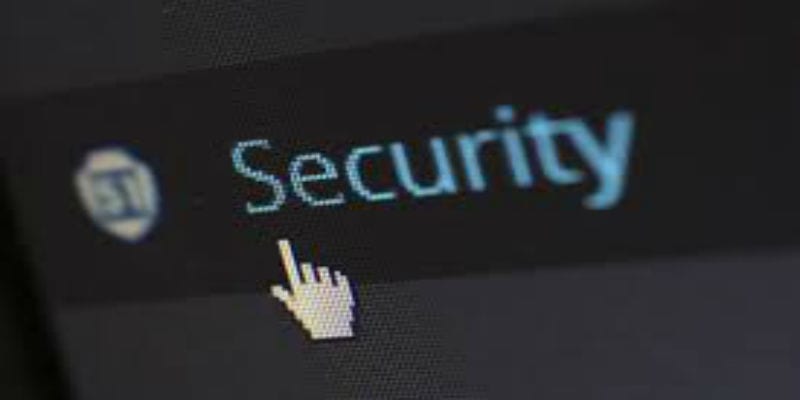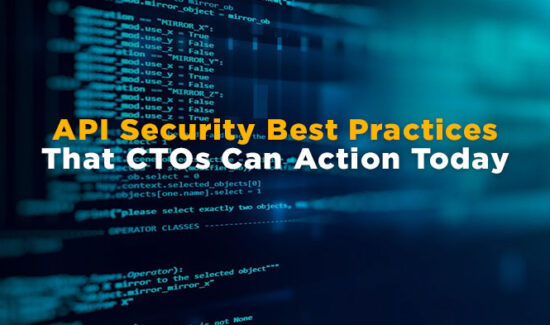How to Enact and Maintain Enterprise-Level SIEM Optimization


How can you prioritize and execute SIEM optimization in your enterprise? How can you make the most out of a complex yet essential component of your cybersecurity platform?
If you think of your enterprise network as a human body, endpoint security serves as the skin—the initial layers of protection keeping viruses out. Identity management, meanwhile, acts as the immune system, identifying legitimate and illicit actors, then containing and removing the latter.
In this analogy, SIEM works as the nervous system. It creates awareness of the network’s general health through visibility capabilities, detects pain areas through detection, and alerts your IT security team (the brain, if you will) to investigate potential infections.
Just as you would (and should) want to improve your nervous system’s efficiency and health, you want to perform SIEM optimization to improve your overall cybersecurity stance. Here are a few suggestions on how to begin the process:
First, Choose the Right Solution
We don’t mean this advice as a flippant remark; we’re quite serious. Selecting a SIEM solution rashly or to solve a problem quickly and without consideration or evaluation causes significant issues in the long term. The first step to any SIEM optimization effort is to ensure the SIEM solution fits your enterprise needs as well as its IT environment.
This entails determining whether your potential SIEM solution can protect your IT infrastructure (on-premises, hybrid, or cloud) and whether you need the log management and threat detection capabilities it offers. Researching your options could save you money and human energy both during deployment and future maintenance. Your current cybersecurity solutions could provide the next-generation capabilities you need to solve the problem you’d otherwise solve with SIEM.
Avoid Integration Issues
SIEM works in conjunction with other cybersecurity solutions, as detailed above. Therefore, checking that all your solutions can work in tandem with one another must form part of any SIEM optimization effort.
Most vendors provide detailed information on their integration capabilities and their partnerships; you evaluate your potential SIEM provider on how they work with your other solutions as part of the selection process.
Furthermore, you can avoid integration issues through regular SIEM patches and upgrades, which should also help you avoid security holes within the solution itself.
Use Integration To Your Advantage
On the flip side of the above point, getting the most out of your cybersecurity integration supplements your SIEM optimization. As an example, you can supplement your threat intelligence feed with privileged user activity data.
Through this combination, you can better detect suspicious behaviors and security events, improving your remediation time. In a paradigm where detection and remediation form the core of cybersecurity’s priorities, the benefits to this approach become obvious.
Pick and Choose What You Feed into Your SIEM
You should not feed every piece of data into your SIEM solution; instead, SIEM optimization depends on prioritization. You should start small and focus on the databases and digital assets most needing in-depth protection and visibility.
Keeping the data feeds confined and well-defined in turn strengthens the security event correlation and detection, allowing your team to accurately asset alerts and remediate threats promptly.
Address Your Skills Shortage
SIEM possesses something of a reputation as complex and intimidating; while we adamantly contend SIEM is far simpler than it appears, the image persists. Giving into this perception adds to the difficulty of SIEM optimization, as it makes your IT team reluctant to work with it. However, addressing the problem of the cybersecurity skills shortage in your enterprise reduces the complexity significantly.
Human intelligence must form a part of your cybersecurity platform; only through human expertise can you make sense of your security alerts and initiate the proper remediation efforts. If you stretch that intelligence too thinly, you’ll provoke burnout and make your SIEM solution harder to maintain.
Instead, try to attract as much cybersecurity talent as you can to your enterprise; additionally, you must work to prevent burnout in your cybersecurity team by encouraging a good work-life balance and supplementing their efforts with a strong incident response plan.
Finally, if you can’t acquire the human intelligence you need, seek out a managed security services provider (MSSP). They can perform the monitoring and maintenance necessary to your SIEM optimization remotely.
Widget not in any sidebars























